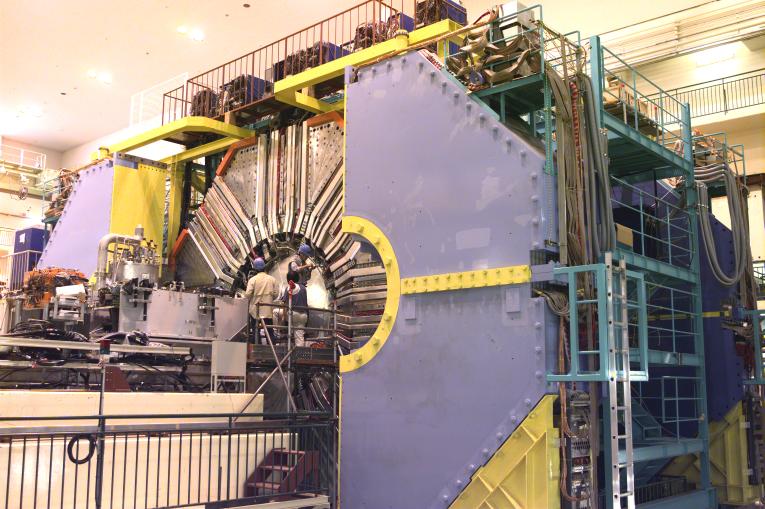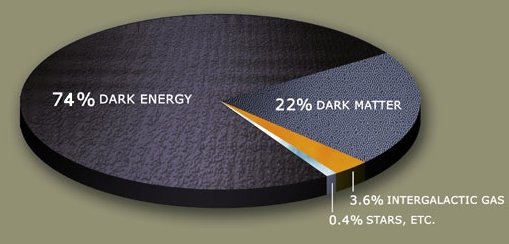Belle / Belle II Experiment
The Belle experiment was a particle physics experiment conducted by the Belle Collaboration, an international collaboration of more than 400 physicists and engineers, at the High Energy Accelerator Research Organisation (KEK) in Tsukuba, Ibaraki Prefecture, Japan. The experiment ran from 1999 to 2010.
The Belle detector was located at the collision point of the asymmetric-energy electron–positron collider, KEKB. Belle at KEKB together with the BaBar experiment at the PEP-II accelerator at SLAC were known as the B-factories as they collided electrons with positrons at the center-of-momentum energy equal to the mass of the
ϒ(4S) resonance which decays to pairs of B mesons.


The Belle detector was a hermetic multilayer particle detector with large solid angle coverage, vertex location with precision on the order of tens of micrometres (provided by a silicon vertex detector), good distinction between pions and kaons in the momenta range from 100 MeV/c to few GeV/c (provided by a Cherenkov detector), and a few-percent precision electromagnetic calorimeter (made of CsI(Tl) scintillating crystals).
The Belle II experiment is an upgrade of Belle that was approved in June 2010. It is currently being commissioned, and is anticipated to start operation in 2018. Belle II is located at SuperKEKB (an upgraded KEKB accelerator) which is intended to provide a factor 40 larger integrated luminosity.

Much of the original Belle detector has been upgraded to cope with the higher instantaneous luminosity provided by the SuperKEKB accelerator. Close to the beam pipe, the two innermost layers of Belle’s silicon vertex detector have been replaced by a depleted field effect transistor (DEPFET) pixel detector, and a larger the silicon vertex detector. A larger central tracking system – a wire drift chamber, has been installed. Two new particle identification systems have been installed in the forward endcap (consisting of an aerogel ring-imaging Cherenkov detector) and in the barrel (consisting of quartz bars utilising totally internally reflected Cherenkov photons and measuring the time of propagation). The original CsI(Tl) electromagnetic calorimeter has been re-used (a new pure CsI calorimeter is being designed for the forward endcap to be installed at a later stage). The calorimeter readout electronics have been upgraded. Finally, scintillators have been installed in the forward endcap and inner layers of Belle’s K0L and muon detector, the original resistive plate chambers (RPCs) from Belle are reused in the outer layers of the barrel.
The target dataset is 50ab−1 at Belle II compared to 988fb−1 (with 711fb−1 at the Υ(4S) energy) at Belle.
Dark Matter Search
After the Standard Model has been accomplished with detecting the evidence of Higg Boson at CERN, 2012, the major interests of particle physicists are shifted to Beyond-Standard Model (BSM). The most attractive, and important topic is “Dark Matter”.


With several unignoreable evidences, Astrophysicists say that our visible universe are only 4 percent of total universe’s Mass-Energy. There might be ‘Something” consist our universe, without interacting electromagnetic force. (So it’s Dark)
In Yonsei High Energy Physics Lab, we are looking for evidence of dark matter with Belle / Belle II experiment data. Extracting B decays contain dark mode, and calculate the upper limit of branching fraction would give nice glance of proving SM-DM interactions.

